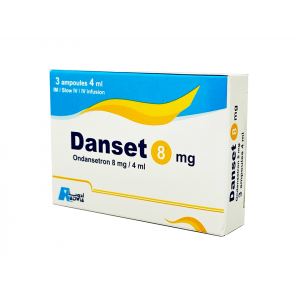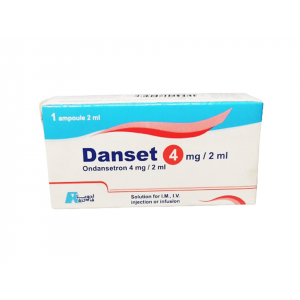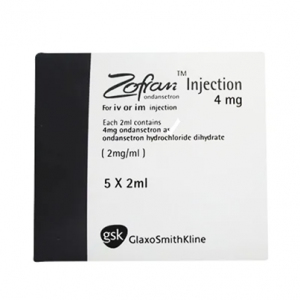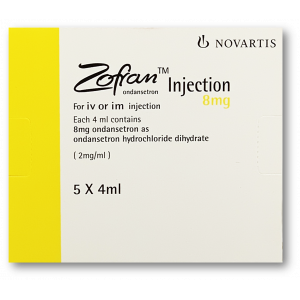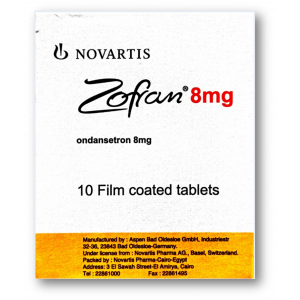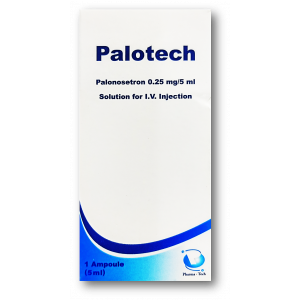Categories
- Anti-hestaminic & Respiratory Drugs (22)
- Anti-inflammatory Drugs (188) +-
- Baby & Mom (1310) +-
- Baby & Mom > Bath, skin & Hair > Skin Care > wibes (53)
- Beauty (2734) +-
- Beauty > Skin Care > whitening (273)
- Chemotherapy & Immune Response (710) +-
- Chemotherapy & Immune Response > ANTI-FUNGAL (9)
- Chemotherapy & Immune Response > Chemotherapeutic Agents > Hormone Antagonists >Enzyme Inhibitors (246)
- CIRCULATORY DISTURBANCE AGENTS (23)
- Diet & Fitness Products (248) +-
- DRUG AFFECTING CENTRAL NERVOUS SYSTEM (185)
- Drugs affecting CNS >Anti- epileptic (78)
- HEMATOLOGY (12)
-
Medical Supplies (467)
+-
- Chemicals & Disinfectants (19)
- Dental Supplies (26)
- Devices & Instruments (8)
- Diabetic Supplies (107)
- General Medical Supplies (21)
- I.V & Medical Solution (0)
- Intensive Care Unit & Anesthesia Supplies (0)
- Kindney Unit Supplies (12)
- Lab Supplies (1)
- Miscellaneous (21)
- Neonatal Unit Supplies (0)
- Operation Room Supplies (2)
- Sanitary (5)
- Sterilization Supplies (0)
- Surgical Sutures (4)
- Syringes (3)
-
Medicines & Health (2547)
+-
- Allergy & Sinus (93)
- Children's Health Care (52)
- Cough, Cold & Flu (299)
- Digestive Health & Nausea (219)
- Ear, Nose & Throat Care (176)
- Eye Care (117)
- Feminine Care (319)
- Foot Care (4)
- Orthopaedic Appliances (0)
- Pain Relief & Management (229)
- Pill Organizer (2)
- Skin Treatments (735)
- Sleep & Snoring Aids (0)
- Support & Braces (6)
- Medicines & health > Gout releif (42)
- Natural & Organic Products (82) +-
- OTC > Analgesics > Anti-inflammatory Drugs (43)
-
Personal Care (3074)
+-
- Bath & Body (258)
- Deodorant & Anti-perspirants (180)
- Ear, Nose & Throat Care (171)
- Eye Care (123)
- Feminine Care (365)
- Foot Care (12)
- Hair Care (406)
- Home Tests & Monitorings (14)
- Incontinence (7)
- Lip Care (20)
- Massage & Relaxation (18)
- Natural & Organic Personal Care (7)
- Oral Care (82)
- Pregnancy & Fertility (63)
- Shaving & Grooming (67)
- Sun Care (67)
- Prescribtion drugs > cardiovascular system > Hypertention drugs (334) +-
-
Prescription Drugs (3015)
+-
- Analgesics (182)
- Cardiovascular System (347)
- Drugs Affecting Musculoskeletal System (63)
- Drugs Used In Infections (54)
- Ear & Nose Drugs (2)
- Endocrine System (160)
- Gastrointestinal Tract (234)
- Gastrointestinal Tract (216)
- GYNECOLOGY (2)
- Miscellaneous (6)
- NEPHROLOGY > URINARY SYSTEM > RENAL DISORDERS > URINARY TRACT DISORDERS (29)
- NEUROLOGY (212)
- Nutrients & Blood Electrolytes (2)
- prescription drugs > cardiovascular system >Anti-hypertensive drugs (78)
- Prescription Drugs > Gastrointestinal Tract > Hepatology > Liver treatment (58)
- Respiratory System (138)
- SKIN > NAILS > HAIR > TOPICAL PREPARATIONS (42)
- Vaccines (1)
- Sexual Wellness (270) +-
- strong anti-emetic & adjuvent used with anti-neoplastic (0)
- Vitamins & Minerals Supplements (1135) +-
KYTRIL 3 MG / 3 ML ( GRANISETRON ) FOR IV, IM INJECTION 5 AMPOULES
Your Review: Note: HTML is not translated!
Rating: Bad Good
Enter the code in the box below:

Product Code: 15457
Availability: In Stock
Availability: In Stock
Price: 675EGP
Ex Tax: 675EGP
Ex Tax: 675EGP
0
Example
Returns

You can return the product within 14 days of purchase.
ReturnsYou can return the product within 14 days of purchase.

KYTRIL 3 MG / 3 ML ( GRANISETRON ) FOR IV, IM INJECTION 5 AMPOULES
Write a review
Your Name:Your Review: Note: HTML is not translated!
Rating: Bad Good
Enter the code in the box below:


